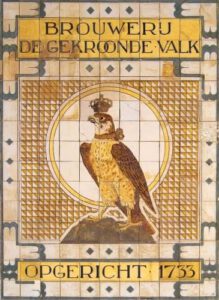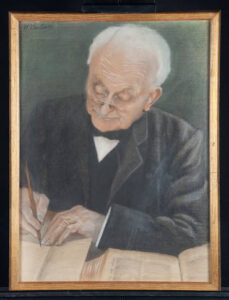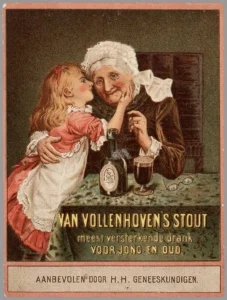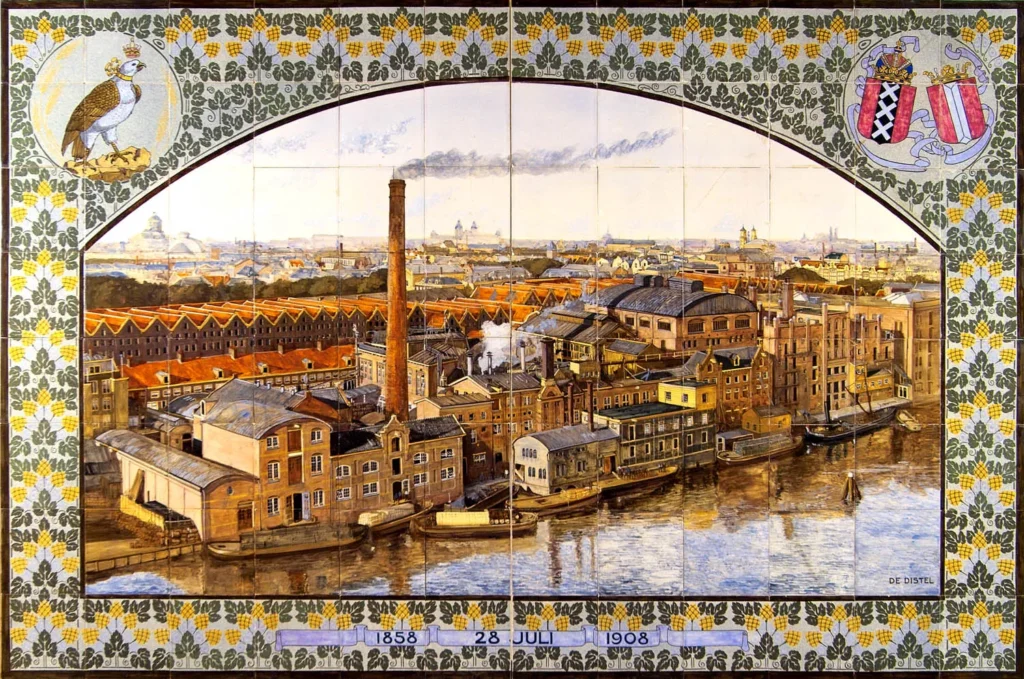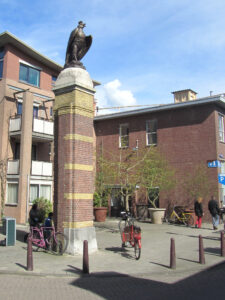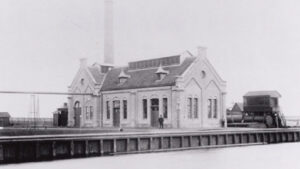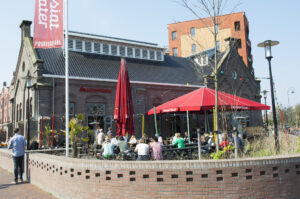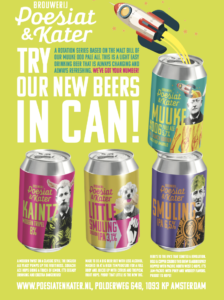Our History
On 14 juli 1733 Jan van den Bosch received permission from the Amsterdam council to erect a kettle to brew beer on the Nieuwe Zeedijk, which later was named Hoogte Kadijk. He named his brewery De Gekroonde Valk (The Crowned Falcon). In the first period the beer market was rather unfavorable because of expensive ingredients and competition from cheap jenever. Nevertheless, the new brewery was soon successful. When the VOC decided in 1760 to select the beer to be imported based on quality, the Gekroonde Valk was one of the select group of six Amsterdam breweries from which purchases were made. It marked the beginning of a future in which the brewery would become big in worldwide export of so-called Falcon beer.
In 1791 the brewery was taken over by the trader Jan Messchert van Vollenhoven. Originally from Rotterdam, he was married to the wealthy Amsterdam merchant daughter Elisabeth van der Poorten. He bought the brewery mainly as an investment and as a means of entering the Amsterdam patriciate. Generation after generation, the brewery remained in family hands.
When Willem Hovy started working at De Gekroonde Valk in 1858, brewing beer was a traditional activity. The production process was tied to natural conditions, which caused a lot of uncertainty. A single thunderstorm could completely spoil the ‘batter’. The quality of beer often fell short. It was cloudy, variable in taste and short shelf life. Willem Hovy started experimenting with innovation in business operations. He bought steam engines. This made the heating of the brew kettles more accurate and efficient. The brewing was done on a scientific basis, with thermometers and saccharometers that allowed the precise determination of the alcohol percentage. When Willem Cornelis van Vollenhoven died in 1874 stierf, Willem Hovy became the director of the brewery.
In 1880 the management announces that “an establishment has been added to the manufacture of Stout”. Due to its high malt content combined with a relatively low alcohol level, it was recommended by doctors as beneficial, even for children. Van Vollenhoven’s Stout would become the showpiece of the brewery for decades.
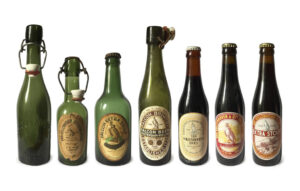
When Heineken was the first brewery to introduce bottom fermented pilsner in 1870, the Dutch brewing industry was shaken up. Willem Hovy understood that he had the choice between large-scale investments in bottom-fermented beer or to stop and liquidate the business. He chose the former and in 1872 built an entirely new steam-powered factory next to the old brewery, complete with an ice factory. The new brewery was completed in 1886. Sales skyrocketed and record profits were made. Around the turn of the century, De Gekroonde Valk was the largest brewery of The Netherlands.
From 1915 onwards things went downhill for Brouwerij De Gekroonde Valk. Due to the effects of the First World War, the difficult twenties and thirties and an “expensive” guilder, De Gekroonde Valk was able to export less and less. To make matters worse, much less Van Vollenhoven Stout was drunk in the Netherlands itself.
Later, because of the emphasis on health, the brewery seemed to lose the battle for the Dutch beer drinker. Consumers in the early twentieth century were more likely to be convinced by the advertising of the breweries that emphasized the taste and image of their beer. The loss in that battle for the Dutch market was crucial in the eventual decline of the Gekroonde Valk.
On the Dutch pilsner market, the Gekroonde Valk was quickly behind the times because of this fatal mix of factors. Finally, after a long period of struggle, Heineken and Amstel took over the brewery in 1941. When the beer market did not improve after the war De Gekroonde Valk closed its doors for good in 1949. The only thing left was the Van Vollenhoven Extra Stout which Heineken continued to brew.
Finally in the early 90’s the two friends Eymert van Manen and Pieter Teepe set out to revive the history of the Gekroonde Valk. They had a bronze replica made of the famous statue originally placed that the entrance of the brewery. Years later, after having published a the book Geloof in de Brouwerij about the history of the brewery, they received the original recipe of Van Vollenhoven Stout from Mrs. Körner, widow of the last brewmaster of the Gekroonde Valk. In 2004 they decided to bring back the Van Vollenhoven Stout and started brewing the once famous beer again!
In the summer of 2014, Eymert van Manen was called by Jesse van Vollenhoven, former classmate of his son. The name was a coincidence – as beautiful as it would be, Jesse is not related to – but he did have a suggestion: let’s get serious about that brewery.
Within an hour there was a plan which would be executed in the coming years, The Spaniard Julián Álvarez Zárate – a molecular biologist with a PhD who had made a career switch by asking Brouwerij ‘t IJ if they needed anyone else – joined the founding team as the head brewer. Catering partners Dafne van den Boom and Jorn Stouten took charge of the gastronomy side.
And after a long search, a beautiful building presented itself: the former ammonium factory of the ‘Oostergasfabriek’, later converted to the well known ‘Dierenasiel Polderweg’ (the former animal shelter in East). With the help of crowdfunding, the bank and own money, the financing was quickly completed. But before opening up, a lot of work needed to be done…

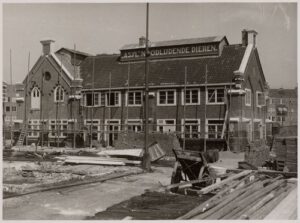
After a long renovation, Brouwerij Poesiat & Kater finally opened its doors, bearing the name of former master carpenter Bart Poesiat and master mason Klaas Kater, two important employees of the old brewery led by Hovy. Next to the Van Vollenhoven Extra Stout, a few other historic Van Vollenhoven beers are introduced such as the Princesse Bier and the East Indies Pale Ale.
Under the name of Poesiat & Kater, the brewery started a line of contemporary craft beers such as the Kaintz Triple, the Smuling IPA and Muuke Pale Ale.
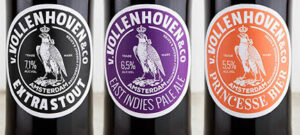
In 2019 Brouwerij Poesiat & Kater starts another crowdfunding campaign to buy their own canning line as one of the first breweries in The Netherlands. Now its time for the Poesiat & Kater to venture out in the world!


